The view from the front was dominated by the Rl’s aggressively angled headlights, which perfectly matched the bike s take-noprison ers persona I i ty.
The Yamaha’s chassis, based on a rwin- spar aluminium frame, set new handling standards. The main innovation was the blend of ultra-short wheelbase and long swingarm.
Three numbers said it all about the YZF- R l with which Yamaha stunned the superbike world in 1998. The four- cylinder charger produced I5()bhp, weighed just 389lb (176kg) and had an ultra-short wheelbase of 55in (1395mm). That made it the most powerful, lightest and most compact large-capacity sports bike ever built. And with its aggressive styling, the R1 had the looks to match.
Beneath the sharp twin-headlamp fairing, the Rl incorporated some clever engineering. Its basic layout was Yamaha’s familiar blend of 20-valve, four-cylinder engine and aluminium twin-beam frame. But the Rl design team, led by Kunihiko Miwa. put the six-speed gearbox higher than normal behind the liquid-cooled cylinders, making the 998cc engine very compact. This in turn allowed the bike to be very short while having a long rear swingarm, as used by grand prix bikes for added stability.
The Rl's new engine also contributed with its innovative one-piece cylinder and crankcase assembly, which was stiffer than the conventional design and allowed the powerplant to be used as a stressed member of the chassis. This meant that the Rl’s Deltabox II frame needed to be less strong, which helped explain how the bike could w'eigh less than most 600cc sportsters.
The Rl engine was a spectacular performer in its own right, never mind its contribution to the handling. The bike felt light, racy and purposeful, with low, narrow handlebars, high footpegs, a firm seat and the smallest of windscreens. And such was the motor’s gloriously broad spread of power that the moment its throttle was wound open, the Rl hurtled forward as though fired from a canon.
It was not so much the fearsome acceleration when revved towards its 11,750rpm limit that made the Yamaha so special, nor even its 170mph (274km/h) top speed. Where the Rl engine really scored was in its flexibility, which ensured that smooth, addictively strong acceleration was always available, making it a supremely easy bike to ride very rapidly indeed.
And the Rl’s handling was equally impressive. The bike’s combination of light weight, rigidity, racy dimensions and excellent suspension gave it the feel of a much smaller machine. This was an open-class bike that handled better than any 600cc sportster. The Rl was not infallible, and like many short, light, powerful bikes it shook its head under hard acceleration over a series of bumps. But most of the time the Rl just felt so responsive and controllable that its rider could seemingly do no wrong, despite the bike’s sheer speed.
Its front brake was a match for that of any rival, combining fierce power with plenty of feel. Detailing was generally good, notably the instrument console, which combined a digital speedometer and traditional analogue rev-counter with the welcome addition of a clock. Despite that useful touch the R I was not a bike for everyday use. It was uncomfortable for its rider at slow' speed, and hopeless for a pillion at any speed. It was so fast and furious that even some experienced riders found their needs better met by a slightly less focused alternative.
But for those who valued pure performance above all else, the YZF-RI was simply sensational. Even before it had turned a wheel in anger, those figures for power, weight and wheelbase had made Yamaha’s new star the world’s best superbike on paper. On road and racetrack alike, it fully lived up to that promise.
In 2000, two years after its launch, the R1 was revised with more than 250 detail changes including subtly reshaped bodywork and a titanium silencer. The carburettors, gearbox, front brake and suspension were also modified. Although the changes did not add up to a dramatic revision, Yamaha's assertion that 'the best just got better' rang true.
Specification Yamaha YZF-R1 (1998)
- Engine Liquid-cooled dohc 20-valve four
- Capacity 998cc (74 x 58mm)
- Maximum power 150bhp @ 10,000rpm
- Transmission Six-speed, chain final drive
- Frame Aluminium twin spar
- Suspension Telescopic front; single shock rear
- Brakes Twin discs front; disc rear
- Weight 389lb (176kg)
- Top speed 170mph (274km/h)

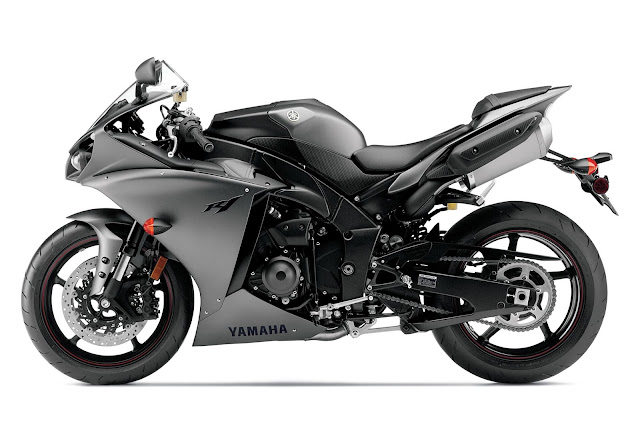


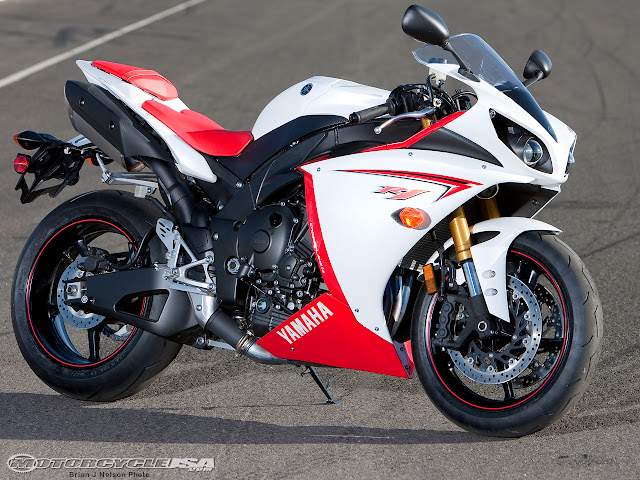
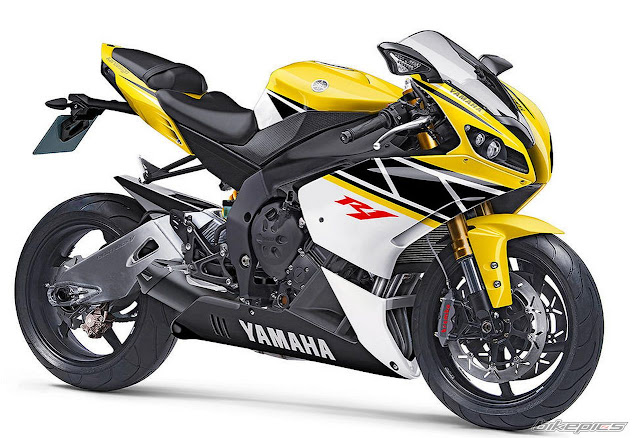
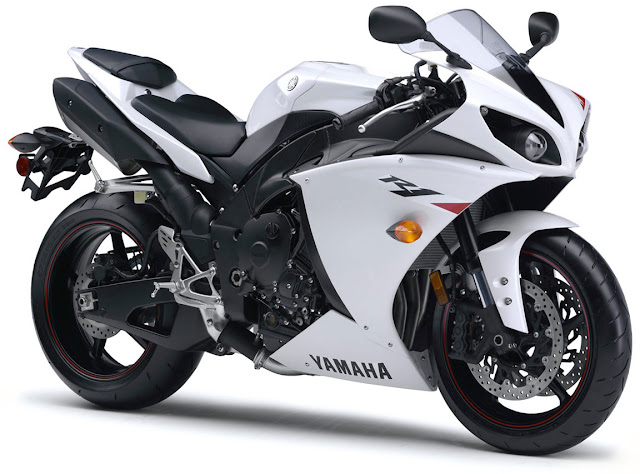
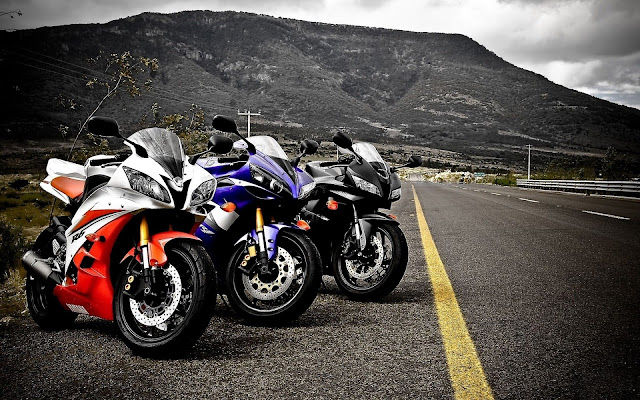
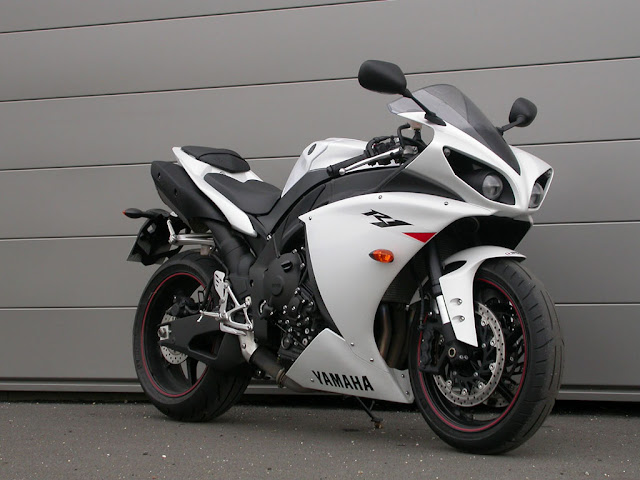
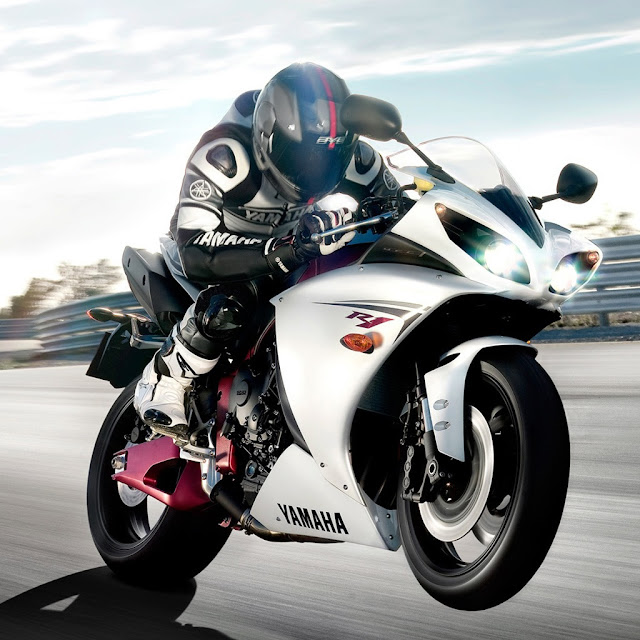
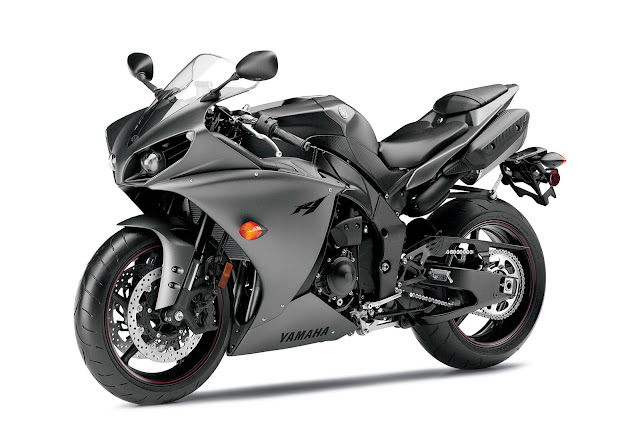










0 comments: